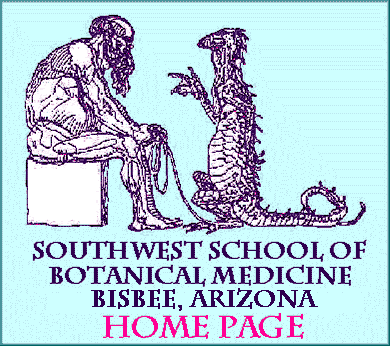So herbal references or books
For accurate, systematic Botanical knowledge, Rydberg’s monumental work mentioned above is recommended. For Historical and Traditional information, study Dioscorides of Ancient Greece; Culpepper (1653); John Gerrard, London, 1597; William Coles, 1657; Funk & Wagnalls’ New Standard Encyclopedia; The Encyclopaedia Britannica; the writings of Pliny; and FLORA (1799-Author unknown). Other references included FOLKLORE AND ODYSSEY OF FOOD AND MEDICINAL PLANTS, by the Lehners: HERBS AND THE FRAGRANT GARDEN, by Brownlow; STALKING THE HEALTHFUL HERBS, by Euell Gibbons; HERBS, by Dorothy Childs Hogner; HERBS, by Webster; PLANT DRUGS THAT CHANGED THE WORLD, by Norman Taylor; ALL THE PLANTS OF THE BIBLE, by Walker; HERBAL, by Krutch; THE SCIENCE AND ART OF PERFUMERY, by Sagarin; THE FRAGRANT PATH, by Louise Beebee Wilder; SEEDS AND SPROUTS FOR LIFE and other books by Dr. Bernard Jensen of Hidde...

